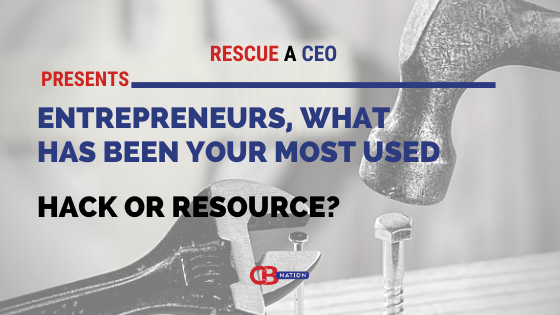The purpose of any shopping cart is to increase productivity, make the selling of products easier, and increase overall volume of sales. If your shopping cart is failing in even one of these areas, you are losing money and wasting time.
A shopping cart system allows you to automate the entire purchase process which means less work for you and an uncomplicated transaction for your customer. By leaving the work to your shopping cart you are saving time, making money, and keeping your customers happy.
To ensure that you have the best shopping cart, you should know what the criteria are for a great cart. Your shopping cart should be able to perform the following: deal in hard and soft products, have featured and related products, provide sufficient product descriptions, real time processing capabilities, database handling, calculate shipping and tax, control inventory, maintain your customer database, and have broadcast email capabilities.
Hard and soft products differ in only one way; hard products are tangible and require shipping while soft products are instant and downloadable, such as software or an eBook. A good shopping cart will be able to sell hard and soft products in one easy transaction. If you only deal with hard products, it is still a good investment to have soft selling capabilities in case you decide to expand your product line to low cost / high return digital products in the future. Note: Really smart sellers make digital information products that help create demand for their physical products.
“Featured Products” in shopping carts are beneficial when either pushing overstocked inventory or generating sales for a new product. This capability allows you to select any item from your product line and then promote it to your customers before they check out. Research shows that consumers are more likely to purchase additional items once they have made the decision to purchase an initial item.
“Related Products” in a shopping cart function like a sales associate. When a customer shows interest in a certain product, another product is suggested. The best related products are similar in nature to the main items in the customer's shopping cart and range in price. If a customer is already purchasing a high priced item they may not be receptive to a suggestion prompting them make yet another costly purchase. When products range in price, customers have options and the benefits of this feature are maximized.
A “Product Description” can be the difference between making a sale, and not making a sale. It is important to consider this when purchasing a shopping cart; be sure that your cart gives you the option for shorter and longer product descriptions. The length of the description will depend on the product, therefore a shopping cart that confines you to either long or short descriptions can be damaging.
For the checkout process, “Real Time Processing Capabilities” are one of the main features of a shopping cart that will simplify your life. When your customer is ready to check out, they are asked to input their name, shipping and billing address, and credit card information. If your shopping cart lacks real time processing, it is left to you to manually input the credit card information into the credit card merchant account. Until you do this for each item sold, you will not get paid and your customers' purchases will not be shipped. A shopping cart without real time processing capabilities means nobody wins.
“Database Handling” is another time and money saving feature offered by a good shopping cart. This feature does what you could do manually, only it does it in the blink of an eye. Database handling keeps track of which customers buy which products and then sends them an email. If your shopping cart does not have this feature it means one of two things. Either you are inputting the data yourself or paying administrative personnel to do the work. With either of those methods you are wasting your time and money.
Shopping carts should take any guess work out of the equation for both you and your customer. Sales tax, shipping costs, and inventory should not be the task of you or some third party software. A shopping cart without the ability to calculate costs and control inventory only creates more work for you.
When looking to maximize output while limiting the hands on work , “Broadcast Capability” in a shopping cart is essential. This feature allows you to instantly pull up a list of customers who bought a particular item so you can open up your email, type a message, and send it to each of them in one quick step. However, if you are blasting your customers' inbox with one sales pitch after the next, you risk getting blocked and therefore the point of broadcasting capability is lost; use discretion when it comes to this feature. When sending out a mass email to customers who have purchased a particular product, offer them a helpful hint as to how they can enhance that product's value and then discreetly offer some additional products that compliment their initial purchase.
While each of these features may perform tasks that can be done manually or by a third party software, it is vital to understand the benefits of consolidating. If you are currently doing the work yourself, paying someone else to do it, and using different software for different tasks then you are missing out on time and money. When you invest in a single product that is able to efficiently, accurately, and quickly manage and perform an array of necessary jobs, you are saving a bundle, and left with more time that can be delegated to other areas of your business and life.
—-
Internet multi-millionaire Tom Antion has been selling online since the commercial web started around 1994. Besides selling his own products, he mentors other small business owners to help them improve their web based sales. http://www.GreatInternetMarketingTraining.com


















































 |
|
An e-commerce website should have a shopping cart installation. It is for the customers or end-users to keep track on what they will be purchasing online.